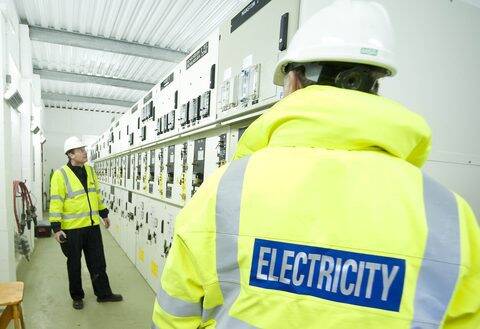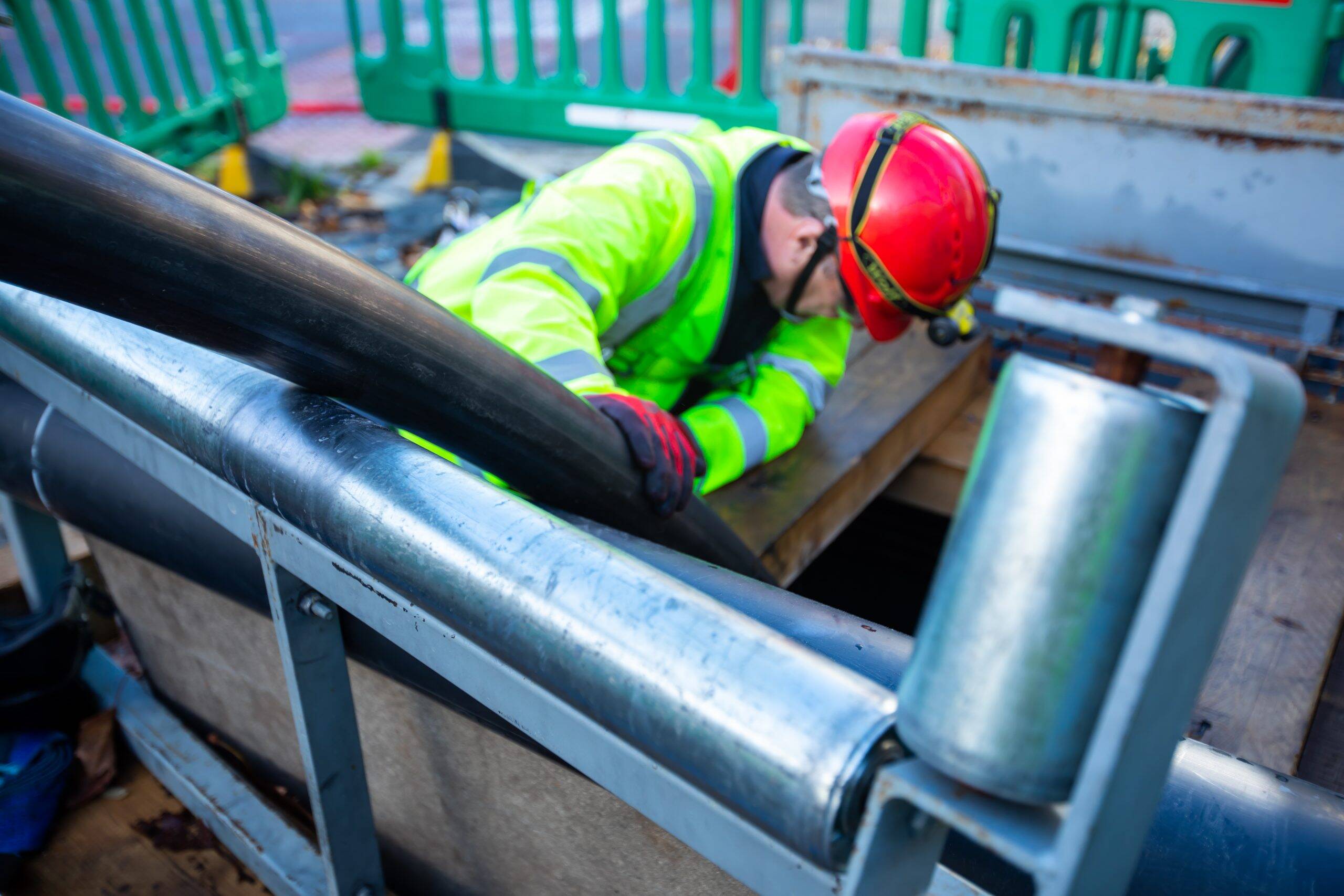You’ve reached your limit!
To continue enjoying Utility Week Innovate, brought to you in association with Utility Week Live or gain unlimited Utility Week site access choose the option that applies to you below:
Register to access Utility Week Innovate
- Get the latest insight on frontline business challenges
- Receive specialist sector newsletters to keep you informed
- Access our Utility Week Innovate content for free
- Join us in bringing collaborative innovation to life at Utility Week Live

Peter Papasotiriou, innovation programme manager at UK Power Networks (UKPN), discusses the firm’s creation of ‘smart’ substations in tandem with Vodafone and their potential impact on the drive towards net zero.
Vodafone UK and UK Power Networks recently announced what they claim is a world-first trial to connect parts of the UK’s electricity network using high-speed 5G in a bid to create “extra room” for renewables – thereby boosting the UK’s environmental ambitions – and increase network resilience.
The Constellation project will see devices installed in a number of electricity substations to communicate with each other in real time via 5G networks – which transfer data at 10 times the speed of 4G – and enable swathes of telemetry data to be shared in a secure manner. This will enable each local substation to analyse millions of data points and optimise accordingly.

If rolled out across the UK, its claimed that the 5G-powered solution could save an estimated 63,702 tonnes of CO2 by 2050 – equivalent to the carbon emissions from 38,607 return flights from London to New York – and that by 2030 Constellation could save customers £132 million.
‘Better control of demand and generation’
Ultimately, the project aims to enable the rapid decarbonisation required in the late 2020s and 2030s by ensuring a reliable, stable, and optimised network operation.
 According to Peter Papasotiriou, innovation programme manager at UK Power Networks, no substations in the world have yet been equipped with the directly integrated 5G technology such as that used in Constellation.
According to Peter Papasotiriou, innovation programme manager at UK Power Networks, no substations in the world have yet been equipped with the directly integrated 5G technology such as that used in Constellation.
“This project is trialing 5G network slicing technology to create several different virtual networks, each with its own characteristics – e.g. low latency or high bandwidth – across the same infrastructure,” he tells Utility Week Innovate.
“The recent developments in communication technology, specifically 5G, offer a solution that is economically scalable across the expansive lower voltage levels of electricity distribution,” he adds. “5G mobile networks introduce a new type of architecture that allows the creation of a set of logically independent networks that run on a common physical infrastructure.”
Papasotiriou explains that each “network slice” can provide appropriate isolation, resources, optimised topology and specific configuration. He also states that local intelligent control means that each substations can forecast and analyse power flows to keep generators already connected to the network running efficiently.
 Wide area and adaptive protection testing will also see the first demonstration of wide area-based protection – generally introduced to extend system operational limits – applied in a distribution network setting.
Wide area and adaptive protection testing will also see the first demonstration of wide area-based protection – generally introduced to extend system operational limits – applied in a distribution network setting.
This will allow substations to communicate which each other using 5G to calculate the most efficient possible configurations and settings to maximise the capacity available for new renewable energy resources.
Harnessing ‘proven capabilities’
The project – which also features project partners ABB, General Electric, the University of Stathclyde’s Power Networks Demonstration Centre (PNDC) and Siemens – started in May 2021 and is on course to begin trials in late 2022.
“Our consortium of partners are global leaders in protection, control, and telecoms and all have proven capabilities,” Papasotiriou adds. “By bringing together specialists in respective fields, we can achieve better results in a more efficient way than by simply trying to do everything ourselves.”
 Additionally, looking beyond Constellation, Papasotiriou believes that it can lay the foundation for further 5G-based innovation within energy networks.
Additionally, looking beyond Constellation, Papasotiriou believes that it can lay the foundation for further 5G-based innovation within energy networks.
“Part of the purpose of this project is to develop and demonstrate software solutions so that each substation can edit the configuration of the network automatically to run more efficiently,” he says. “This is part of our planning for any potential widespread dynamic changes to electricity networks themselves in the future, or to future electricity demands – for example caused by mass shifts to renewable energy, electric vehicles and/or electric heating.
“Beyond that, we see the Constellation project as a foundational element to supporting future research and development into autonomous networks and furthermore the future of network control. Discussions are already underway on some of these topics with other Distribution Network Operators.”

See this content brought to life at Utility Week Live, 17-18 May 2022 NEC Birmingham
New approaches to asset management and maintenance and Delivering smart energy networks are among the frontline challenges at the heart of Utility Week Live 2022’s live content programme.
View the challenges and be alerted for tickets to the industry’s most eagerly awaited reunion at utilityweeklive.co.uk.
Please login or Register to leave a comment.